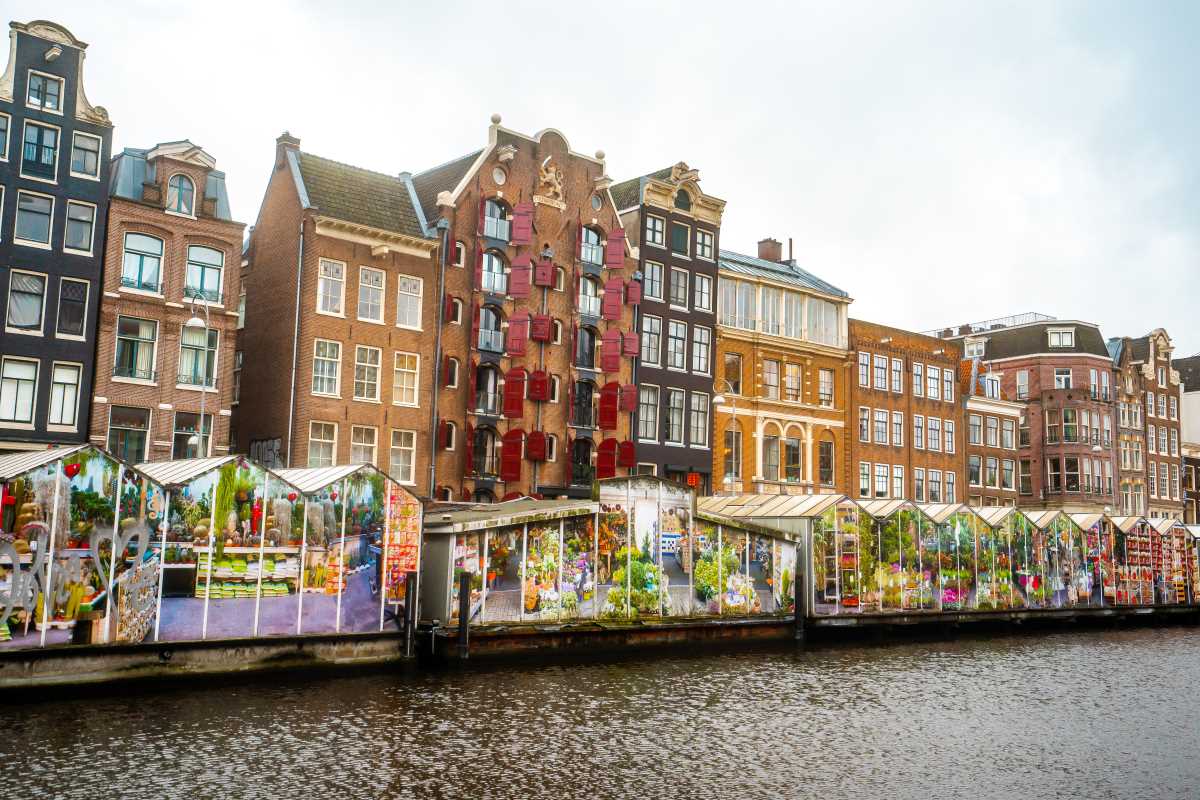As the world’s population grows and urbanization accelerates, the need for sustainable cities has never been more pressing. Civil engineers and urban planners play crucial roles in shaping the infrastructure of these cities, ensuring that they are functional, environmentally responsible, socially inclusive, and economically viable. Their combined expertise ensures that cities can accommodate growth while minimizing negative environmental impacts, improving quality of life, and creating resilient systems to future challenges. Through innovation, collaboration, and forward-thinking strategies, these professionals are building the cities of tomorrow—ones that prioritize sustainability.
The Role of Civil Engineers in Sustainable Cities
Civil engineers are the architects of infrastructure. They design and implement systems that form the backbone of cities, from roads and bridges to water supply networks and energy systems. In sustainable city planning, their job is to balance urban needs with environmental considerations, ensuring the long-term viability of city infrastructure.
Designing Green Infrastructure
Civil engineers are increasingly incorporating green infrastructure into urban designs. Green infrastructure uses natural processes to manage water and create spaces supporting ecological health and urban functionality. For example, stormwater management systems, such as permeable pavements, green roofs, and rain gardens, help absorb and manage rainfall, reducing runoff, preventing flooding, and improving water quality.
- Permeable Pavements: Unlike traditional concrete or asphalt, permeable pavements allow rainwater to soak through, recharging groundwater and reducing surface runoff. This helps mitigate flooding and water contamination.
- Green Roofs: These are covered with vegetation, which helps absorb rainwater and provides insulation, reducing the urban heat island effect (where cities become hotter than surrounding rural areas).
- Rain Gardens: Designed to capture and filter rainwater, rain gardens improve water quality and help reduce strain on stormwater systems.
Sustainable Transport Systems
Transportation is a critical aspect of urban development, and civil engineers are pivotal in designing transportation systems that promote sustainability. This involves creating efficient, low-emission, and accessible transportation networks that reduce vehicle environmental impact and promote cleaner alternatives.
- Public Transportation: Efficient bus, tram, and metro systems reduce reliance on private cars, lowering greenhouse gas emissions. By integrating different modes of transportation, such as bike-sharing, car-sharing, and pedestrian-friendly walkways, civil engineers help create multimodal transit systems that are efficient and eco-friendly.
- Electric Vehicles (EVs): With the rise of electric vehicles, civil engineers are involved in building the infrastructure needed to support EVs, including charging stations. Ensuring that these systems are integrated into urban planning is essential for reducing the carbon footprint of transportation.
- Cycling Infrastructure: Building bike lanes and bike-sharing systems encourages cycling as a sustainable, zero-emission mode of transport. By designing cities that prioritize biking, civil engineers help reduce traffic congestion and promote a healthier, greener lifestyle.
Urban Planners: Shaping the City’s Future
Urban planners work closely with civil engineers to ensure that a city’s growth is sustainable. Their role is to envision how a city should develop and function, considering both short-term and long-term goals. They make decisions about land use, zoning, and integrating green spaces, housing, and commercial areas to promote sustainability, equity, and resilience.
Land Use Planning and Zoning
One of urban planners' primary responsibilities is determining how land is used in the city. This involves balancing residential, commercial, industrial, and recreational spaces to create efficient and livable environments.
- Mixed-Use Development: Urban planners increasingly advocate for mixed-use developments, where residential, commercial, and recreational spaces are integrated. This reduces the need for long commutes and encourages walking, cycling, and the use of public transport.
- Density and Urban Sprawl: Managing urban density is critical to sustainable city planning. Urban planners strive to prevent sprawling developments that increase car dependency, energy consumption, and environmental degradation. By promoting higher-density housing in urban centers, planners help reduce the need for extensive infrastructure and encourage more sustainable lifestyles.
- Preserving Green Spaces: Urban planners integrate parks, nature reserves, and green corridors into the city layout. These spaces provide residents with recreational areas, improve air quality, mitigate the urban heat island effect, and support biodiversity.
Sustainable Housing and Building Practices
Urban planners work alongside civil engineers to promote sustainable building practices. This includes encouraging the construction of energy-efficient homes, integrating renewable energy sources, and implementing smart technology.
- Energy-Efficient Buildings: Urban planners help reduce energy consumption in cities by promoting the construction of energy-efficient buildings. This includes recommending sustainable materials, passive heating and cooling techniques, and renewable energy sources such as solar panels or wind turbines.
- Affordable Housing: Sustainable cities must be inclusive, so urban planners ensure that all residents, regardless of income, have access to affordable housing. By promoting green building technologies and integrating affordable housing into sustainable developments, planners help reduce inequality while prioritizing environmental sustainability.
- Smart Cities: Integrating technology into urban design is essential to modern urban planning. Smart city technologies use data and sensors to monitor and optimize energy use, water consumption, and waste management. Urban planners help incorporate these technologies to create efficient and sustainable cities.
Collaboration Between Civil Engineers and Urban Planners
The creation of sustainable cities is not solely the work of one profession but a collaborative effort. Civil engineers and urban planners must work hand-in-hand to ensure that infrastructure, land use, and sustainable practices are seamlessly integrated into urban environments.
Holistic Planning Approach
Both professions rely on a holistic planning approach to balance a city's various needs—such as housing, transportation, environmental protection, and economic growth. Through detailed planning, they can identify potential challenges and find solutions that integrate sustainability into every aspect of the urban environment. For instance, when planning transportation systems, civil engineers work with urban planners to ensure that the locations of transportation hubs are optimized to encourage access to jobs, services, and residential areas, thereby reducing the need for long commutes.
Community Engagement
Sustainable cities should reflect the needs and desires of their residents. Civil engineers and urban planners must engage with local communities to ensure that their plans are in line with the needs of the people who live there. Through public consultations and feedback sessions, these professionals ensure that the community's voices are heard, making the development of sustainable cities both inclusive and efficient.
Resilience to Climate Change
A critical aspect of civil engineering and urban planning is the resilience of cities to climate change. Civil engineers design infrastructure that can withstand extreme weather events, such as floods, hurricanes, and heatwaves, while urban planners ensure that cities are adaptable and capable of reducing their environmental impact. For example, cities may implement flood-resistant infrastructure or design buildings that can handle increased heat through passive cooling.
Sustainable Practices in Action: Global Examples
Across the globe, cities are implementing sustainable practices, demonstrating how civil engineers and urban planners can transform urban environments.
- Copenhagen, Denmark: Known for its emphasis on sustainable urban development, Copenhagen has become a global leader in sustainable city design. The city integrates green infrastructure, cycling-friendly streets, and renewable energy sources to create a model for sustainable living.
- Curitiba, Brazil: As one of the most sustainable cities in the world, Curitiba boasts an innovative public transportation system, which was designed by urban planners to reduce congestion and promote sustainability. The city’s green spaces and parks also contribute to its overall sustainability.
- Singapore: With limited space and a growing population, Singapore has embraced vertical farming, green building practices, and an advanced public transport network. The city integrates green spaces into its urban areas, such as the famous Gardens by the Bay.







